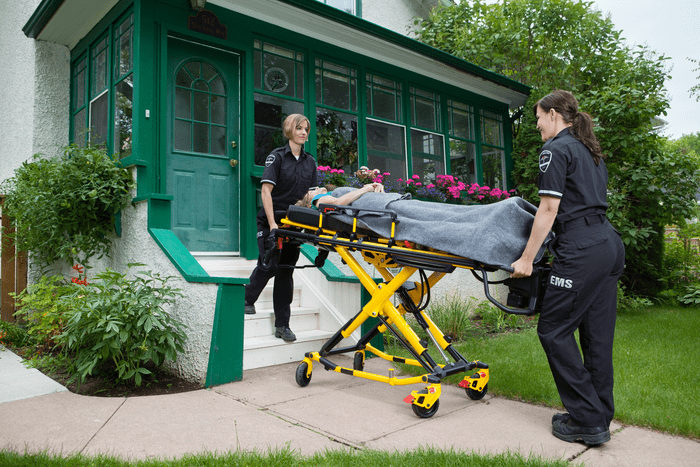
If you could design your own airway bag, what would you put in it?
The longer we work in the field, the more we develop habits and preferences that find their way into our daily routines. You carry certain tools on your belt or in your pouch; you set up for an IV or an intubation using a set pattern; and you place everything in a specific spot so that you can grab it in a rush.
Habits, especially good habits, breed muscle memory, which allows us to perform tasks as if they were second nature. It's the same reason we use a head-to-toe format when performing a physical assessment: so that we get in a routine of working our way down the body systematically, thereby reducing the possibility of skipping something significant.
The Ideal Airway Bag
Imagine stocking your ideal airway bag. You would need the essentials, of course, so let's begin with them.
Oxygen supplies:
- O2 tank and ratchet (preferably attached, so it's not misplaced)
- Oxygen masks—both simple and non-rebreather
- Oxygen cannulas
Intubation supplies:
Some agencies are turning to intubation kits, which come with all the essentials. Others stock them individually. Either way, your supplies should include:
- An assortment of laryngoscope blades (Miller and McIntosh) of varying sizes
- A range of adult/pediatric ET tubes
- Alternative advanced airways (King or Combitube)
- NPAs, in a range of sizes
- Nasal trumpets
- CO2 detectors
- Commercial tube strap
- Syringes
- Lubricant jelly
- Nasal spray (for nasotracheal intubations)
- PPE gear, including:
- Masks
- Face shields/safety goggles
- Gloves
- Gowns
These are the basics for oxygen therapy and securing the airway.
An Essential Piece of Equipment: Portable Suction
One of your most essential pieces of equipment and an excellent addition to your airway bag, is your emergency respiratory device, a.k.a. your portable suction unit.
Many portable suction units are too large to fit neatly in an airway bag. But that doesn't mean the ideal unit doesn't exist. Today's suction units are smaller, more lightweight, and more portable than those of the past, making them the perfect addition to your airway bag.
Imagine ALWAYS having a portable suction unit on EVERY call! Never being caught without suction. Amazing, right? No more toting the suction unit with you on every potential respiratory emergency. These miniaturized units can slip easily into the airway, trauma, or tactical medicine bag.
And speaking of tactical medicine ... an increasing number of departments are utilizing paramedics in law enforcement scenarios. Paramedics are being cross-trained to serve as part of emergency response teams, responding to barricaded gunmen, hostage incidents, and a range of emergencies where law enforcement and rescue work side by side. In these situations, your equipment must be contained, and your bags limited. Having a small, tactical portable suction unit is ideal for these scenarios.
Don’t Forget the Upkeep
If you have the luxury of adding an emergency respiratory device to your airway bag, be sure to include it in your daily checkout. Here are some reminders:
- Power the unit up to ensure it is functional.
- Replace low or damaged batteries, and keep extras on hand.
- Have a range of catheters available, depending on the situation:
- Small-tipped rigid catheter for normal scenarios
- Hyper-curved catheter for difficult airways
- Make sure the unit is disinfected after each use—never use the unit on two patients at once (think MCIs).
There are many critical components to your airway bag, but adding a small, lightweight emergency respiratory device is a great way of ensuring you are always prepared for that critical suction scenario.
Editor's Note: This blog was originally published in January 2018. It has been re-published with additional up to date content.
















